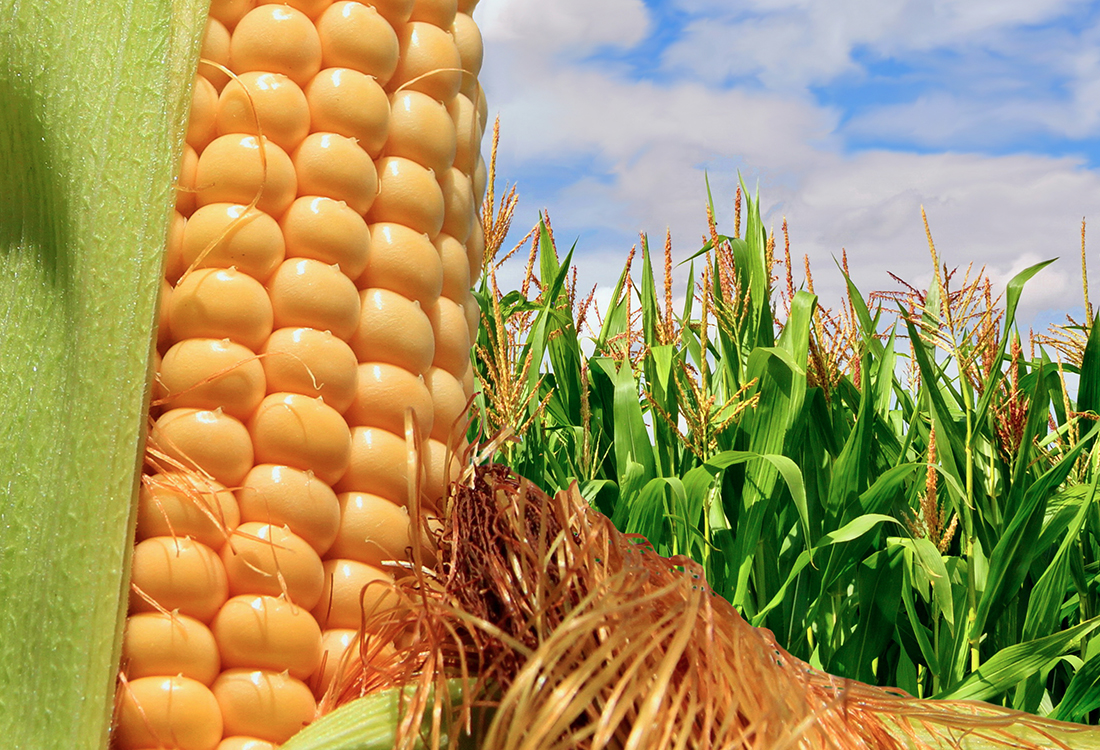Prices of “commodities” with historical rise again

The bushel of corn (unit of measure in the grain market, which is equivalent to one bushel) was worth US $ 732 yesterday, while in the case of wheat it reached US $ 761, according to Bloomberg price reports. EXTERNAL SOURCE
High raw material prices impact the cost of industrial production, which translates into increases in final products.
Santo Domingo, DR
Once again, the international market is shaken in this time of the pandemic, as the prices of “commodities” or raw materials register historic increases in the trade of grains, such as corn, soybeans, and wheat.
Although it is estimated that these increases are based on an unusual purchase in the Chinese market, it is also inferred that the loss of value of the dollar, the drought in Brazil, one of the major producers of yellow corn, which is used in the production and consumption of animals, as well as the market itself, very prone to price manipulation, the quality of the input and other components such as freight, are a breeding ground for further increases in the costs of non-producing countries, including the Dominican Republic.
The grain market reflects new historical increases since 2013, as is corn, wheat, and soybean per ton. In the case of soybeans, the substantial increase in its price is attributed to the fact that China has accelerated its purchase and sells at US$600 per ton, according to Agrofy News. Corn is above US$288.3 per ton, which is considered historic. The grain commodities market is fixed in stock market operations. The Chicago market as a reference responds to a supply and demand that involves spot and futures price quotations, based on a highly oriented estimated price that buyers and sellers follow the compass.
However, given the current conditions, expectations are not “at all flattering,” and its impact will be felt in non-producing countries if a planning project for planting these inputs is not implemented in time, at least for the local cattle and swine market and for poultry farming.
Yellow corn is used as animal feed and as an input for agro-industrial production for human consumption.
Impacted market
During the first quarter of this year, the industrial sector revealed that the increase in the prices of agricultural raw materials had impacted agro-industrial production costs by an average of 33% in dollars in the Dominican market, to which they added the increase in prices in the logistics of international trade with the delay in the flow of maritime freights, an increase that at that time they placed at more than 200%.
These increases had an impact on vegetable oil, flour, poultry, livestock, and swine.
This explanation from the industrial sector, also attacked by commerce and consumers, was answered by the launching of a Government financing program at zero rates to more than 12,500 agricultural producers, for an amount of RD$4,400 million, as part of the RD$5,000 MM provided by President Luis Abinader to reactivate this sector and strengthen production. The commercial industry, grouped in the Federación Dominicana de Comerciantes (FDC), warned of increases in a wide range of agricultural products due to inputs, a profit motive, and intense speculation.
Support for agriculture
According to an Agriculture report, between January-October 2020, small and medium corn producers received 9,925 quintals of seeds, 4,475 quintals of legume seeds, and a significant amount of cassava and sweet potato cuttings, vegetable seeds, and banana and banana plant stock. President Abinader announced that the planting of 320,000 land plots of corn and sorghum in the Southern region is contemplated, with support from the government sector, in terms of land preparation, seeds, credits, and the guarantee of purchase by the private sector, according to a report from the Presidency, dated February 27, 2021.
CONSUMERS
Onpeco proposes to apply suggested prices.
The National Observatory for Consumer Protection (ONPECO) urged the Government to establish suggested prices for food and essential products consumed by the population to avoid speculation and disproportionate increases.
Profit margin
It proposes a meeting of credible representatives of the Government and industrialists and importers, AND suggested prices based on a previously established profit margin.
Truthful information
Law 358-05 protects the rights of the consumer, and the Constitution of the Republic in its article 53 privileges the right of consumers to truthful information.

















